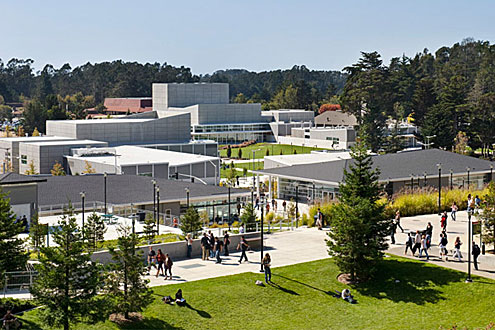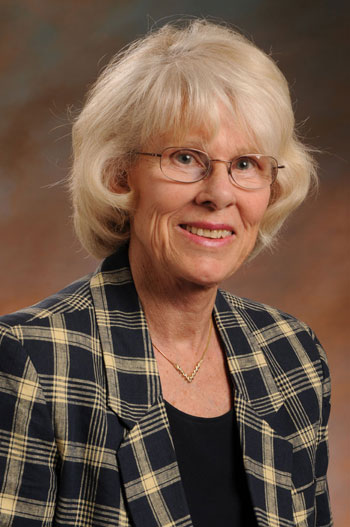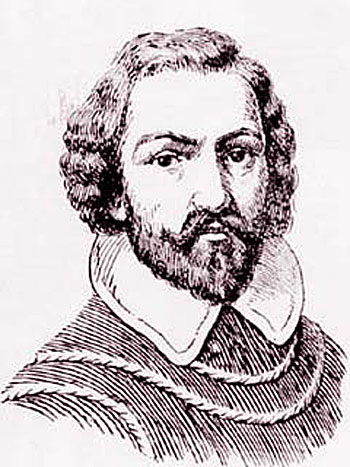Dr Iris Engstrand Shares Research on College Namesake
By Jondi Gumz
As Cabrillo College explores whether to rename the college — or not — in response to a request made in the wake of widespread social unrest, the question naturally arises: Who was Juan Rodriguez Cabrillo?
To answer that question, the college turned to Dr. Iris Engstrand, history professor emerita at the University of San Diego, author of 21 books on Spain, California and the West, and recipient of the Order of Isabel la Catolica from Juan Carlos, King of Spain, for outstanding contributions to the history of Spain in the Americas.
Engstrand shared her research in an online talk with more than 130 participants March 18.
•••
Cabrillo was born in Palma del Rio, Spain.
He has been celebrated as a Portuguese navigator but Engstrand cited documents unearthed in the past decade by researcher Wendy Kramer starting with a 1532 deposition in a lawsuit over theft of gold from a ship headed from the New World to Spain.
Cabrillo, who was aboard to return to Spain and marry a lady from Seville, denied taking the gold. Upon arrival in Seville, a hearing took place where Cabrillo had to truthfully state his name and his birthplace ━ Palma del Rio.
“You’re not going to lie in a deposition,” said Engstrand.
Since her initial discovery, Kramer, a scholar at the University of Toronto, has found 25 references to Cabrillo’s life in Palma del Rio.
He was born in 1499, but his birth date is not known.
Cabrillo’s birth name was Juan Rodriguez — comparable to John Smith today — so he added Cabrillo as a surname.
Ship Builder
Here are more of Engstrand’s findings:
- He was 13 or 14 when he decided to join a Spanish fleet of warships to the Americas. Likely he was seeking opportunities and riches not available in his homeland, which had been occupied by Moorish invaders for 700 years.
- He had trained in the crossbow and he became known as a ship-builder, building galleons that were perfect for exploration. After building ships for Spanish conquistador Hernan Cortez he changed allegiance to Spanish conquistador and military leader Pedro de Alvarado to conquer Guatemala, where Cabrillo got rights to work the land.
- He had two daughters and acknowledged them (they were included in probate of his estate) but continued as an explorer, being commissioned in 1542 to sail three ships to map the coast and search for a shorter shipping route to China — an important destination since the overland travels of Marco Polo — to establish trade relations.
This exploration led to Cabrillo’s death.
- He took possession of today’s Ensenada Sept. 17, sailed into San Diego Bay Sept. 28 and named it San Miguel after his ship, establishing friendly relations with natives.
Along the coast, when natives appeared, Cabrillo ordered his men not to shoot their arrows.
But he never set foot in Santa Cruz, dying Jan. 3, 1543 on the Channel Islands, likely a bacterial infection after a fall that broke his arm.
Questions
As for claims that Cabrillo was involved in criminal activity, Engstrand said, “None of the generalizations were true.”
She addressed each question one by one:
- Was he involved in genocide? No, he was a soldier under command of the Spanish military for part of his life.
- Was he a murderer? No, in today’s laws of war, we do not call sailors murders if they are following orders, and there are no records of him personally murdering anyone.
- Was he a slave trader? No, Queen Isabella outlawed slavery in the New World, but Cabrillo did have slaves in Guatemala. In pre-industrial times, slavery was the only source of labor. The Portuguese got their slaves from Africa.
- Was he a sex trafficker? No, few areas today do not have sex trafficking. It is endemic to the global world. It is not fair to single out Cabrillo.
- Where did the rumors about re slave trading begin? It’s very hard to pin down. The natives were under the control of the Spanish but they were fed. We’ve done research in the actual archives, but we don’t know exactly how the natives were treated.
Engstrand said Cabrillo was a man of his times, not ours. In the bishop’s letter, the mayors rounded up women to serve them and they operated under the law of Pedro Alvarado, not Cabrillo.
Cabrillo did have a relationship out of wedlock with an indigenous woman, but it does not seal the deal on sex trafficking.
Should Cabrillo Be Remembered?
“Cabrillo discovered the winter wind pattern … a forerunner of useful navigational information worth of being remembered,” Engstrand concluded. “Cabrillo is the person who gave California to the world … he was a navigator and made some good discoveries … People just have make up their mind — it was a different world.”
Four talks are planned for Thurs. at 6 p.m. in April:
April 8
Topic: Native American Panel on Impacts of Colonization
https://cccconfer.zoom.us/j/91997981867
April 15
Topic: Sandy Lydon, Retired Cabrillo College History Professor — How and Why Cabrillo College Got Its Name
https://cccconfer.zoom.us/j/93990699782
April 22
Topic: Student Debate: Should Cabrillo Change its Name?
https://cccconfer.zoom.us/j/98813902824
April 29
Topic: President’s Essay & Art Competition Entry Awards (PEACE Awards)
https://cccconfer.zoom.us/j/97432344983
•••
Visit tinyurl.com/cc-name-exploration for more information.





